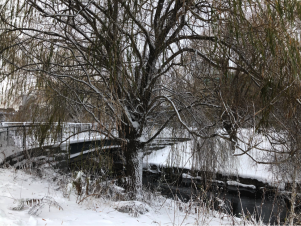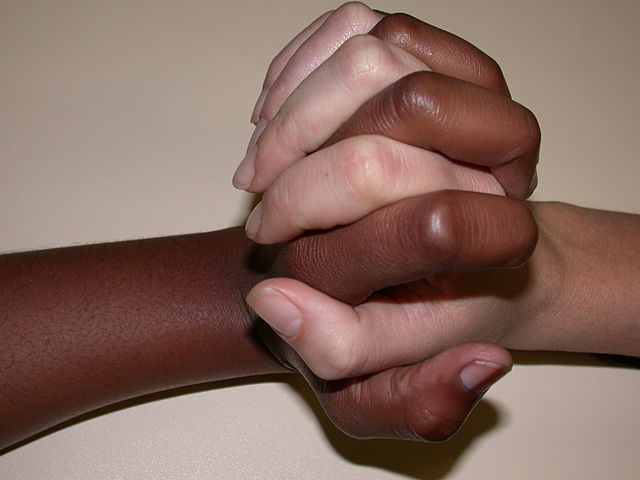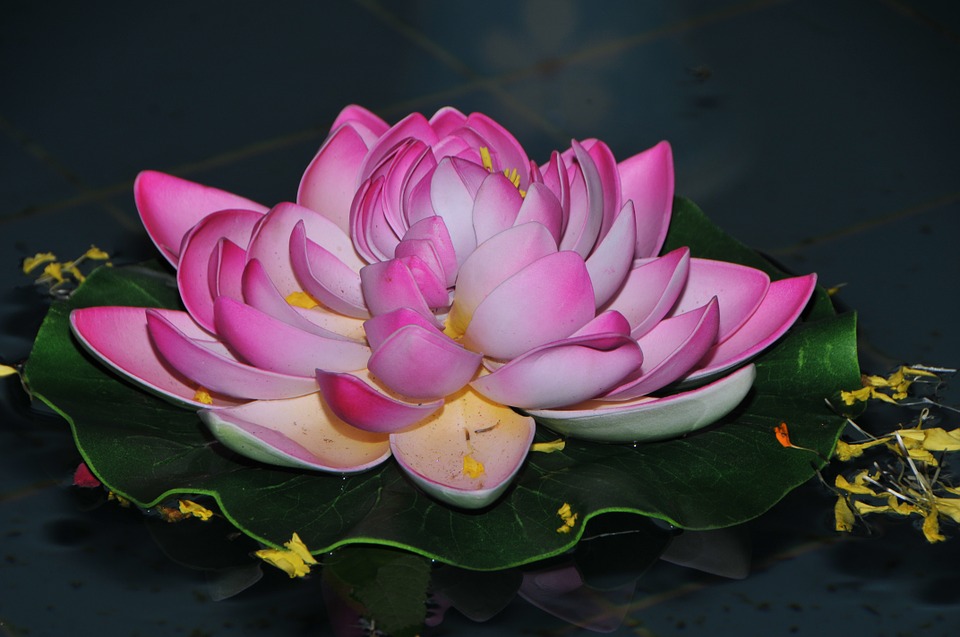In the Hollow of a Weeping Willow
Article By Tushar Sawant
 “Knock on wood!,” as the saying goes. The universal tradition of knocking on, or touching wood to drive away misfortune has its roots in an archaic Celtic tradition. Many ancient European cultures held the willow tree in high regard in their customs and traditions. Some mystical fairy tales make mention about the wind within the rustling willow leaves actually being the whispers of elves talking amongst themselves. Some believed that secrets confessed to the tree would forever be trapped inside it whereas others believed that knocking on its wood had the power to expel all bad luck. While it is fascinating to examine such folklore and ponder about the imaginings of people from a bygone era, it is undeniable that for a custom to survive millennia of human history, there has to be a prevailing intuition that we experience to this day. Call it fear, anxiety, or an excess of spice in your diet, the feeling of impending doom can make even the most level-headed amongst us indulge in some old superstitions.
“Knock on wood!,” as the saying goes. The universal tradition of knocking on, or touching wood to drive away misfortune has its roots in an archaic Celtic tradition. Many ancient European cultures held the willow tree in high regard in their customs and traditions. Some mystical fairy tales make mention about the wind within the rustling willow leaves actually being the whispers of elves talking amongst themselves. Some believed that secrets confessed to the tree would forever be trapped inside it whereas others believed that knocking on its wood had the power to expel all bad luck. While it is fascinating to examine such folklore and ponder about the imaginings of people from a bygone era, it is undeniable that for a custom to survive millennia of human history, there has to be a prevailing intuition that we experience to this day. Call it fear, anxiety, or an excess of spice in your diet, the feeling of impending doom can make even the most level-headed amongst us indulge in some old superstitions.
Jacques Lacan, a famous French psychoanalyst, defines anxiety by presenting a thought experiment wherein you imagine yourself facing a giant female praying mantis, while you yourself are wearing the mask of an animal. You do not know whether the mask you are wearing is that of an animal she views as prey, or an enemy, or worse yet, the mask of a male praying mantis. It is well known that female mantises devour the heads of their male counterparts after mating. Therefore, not knowing which mask you are wearing, you do not know whether you are going to walk away with your head intact or end up regretting your fashion choices for the day. Lacan describes this feeling as anxiety, calling it “the sensation of the desire of the other.” Here the other can be a person or an abstract series of circumstances that you find yourself in. When it appears as though you have no control over the outcomes of a certain situation, you are willing to try anything that would prevent a catastrophic one. In that case, why not try going deeper within your own psyche?
The human body has self-regulated mechanisms to heal itself from physical harm, however, recovering from emotional and mental harm requires conscious effort. During our life we will endure circumstances that will thrust our emotional and mental states into disarray. Whether it be dealing with anxiety, fear, doubt or other kinds of inner turmoil, the suffering we experience can be so overwhelming that it begins to captivate all our attention, forcing us to neglect all the other aspects of our life.
In times like these we must remind ourselves not to identify with the suffering but realize we have the ability to rise above it and learn the essential lessons. We all have things in our lives that we can be grateful for. Whether it be the people we love and cherish, experiences that managed to captivate our senses, or even the lessons learned from previous trials, there is always more to our identity than the pain and suffering we feel. Using gratitude as a lens helps us realize that we are more than just a singular knot in the ever flowing tapestry of the interwoven experiences that color our lives. When wielded correctly, this lens of gratitude can be a powerful tool in our journey of self-actualization.
Viewing ourselves through this higher perspective offers us clarity in our decision making. Instinctively, our primary response to inner turmoil is to divert our attention away from it. However, we must be careful to not use gratitude in a similar capacity. When you are bereaved and stricken with grief, should you simply smile and be grateful for what you still possess? When you are hurt by someone you loved, should you just blissfully revel in gratitude for what once was? When utilized appropriately, our emotions can serve us and not hinder us. Diverting our attention away from the swirl of emotions or trying to suppress them is a form of escapism that will neither reconcile any damage done nor will it help us grow and learn from our struggles. Instead of using gratitude as a drug that lets us slip away into a state of blissful apathy, we must listen to what our emotions are telling us so we can understand the work that is to be done in order to recenter ourselves.
Gratitude allows us to see what is essential and beautiful in the world. Knowing that our time is limited we must make use of this ephemeral existence to paint a canvas not just portraying a pebble, but rather the grandeur of the flowery hills, the lushness of the evergreen forests, as well as the vastness of the snowcapped mountains unfolding around it. Gratitude expands our view, while ingratitude narrows our view of what is important.
Those that lack gratitude may wander the earth, aimlessly driven by their baser instincts, in pursuit of the transient delights.. Yet others who appreciate the universal and timeless principles are guided by the authentic voice of their being, in the conscious pursuit of the ideal within themselves.
Ultimately, who is to say if there ever existed such a thing as the one true path that we are all meant to trudge. After peering through your own lens of gratitude ask yourself the following question: Where do you feel like heading?
Image Credits: By Stephanie Greenish
The entity posting this article assumes the responsibility that images used in this article have the requisite permissionsImage References
By Stephanie Greenish
Permissions required for the publishing of this article have been obtained
Article References
Article Submitted by New Acropolis US Northeast




What do you think?